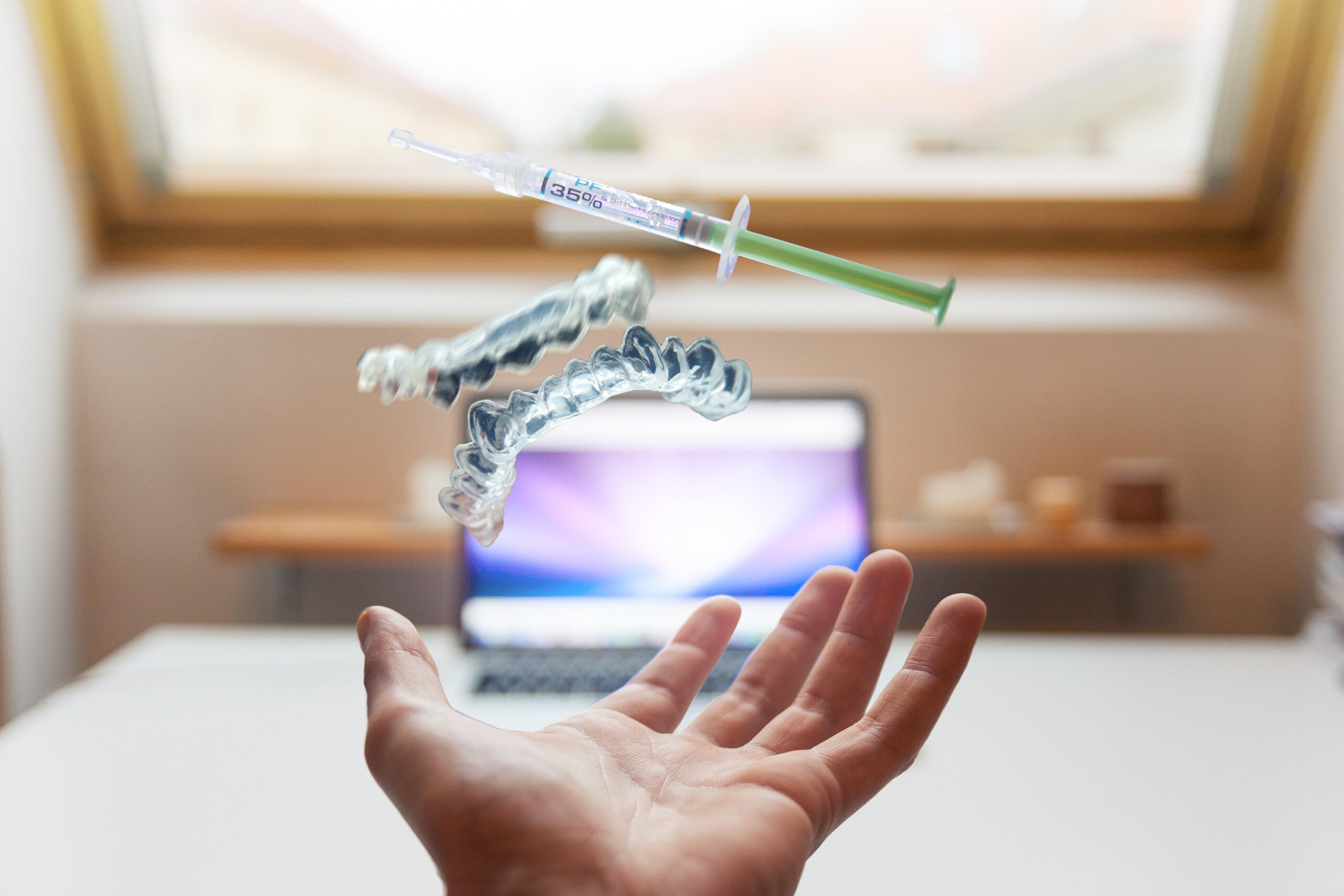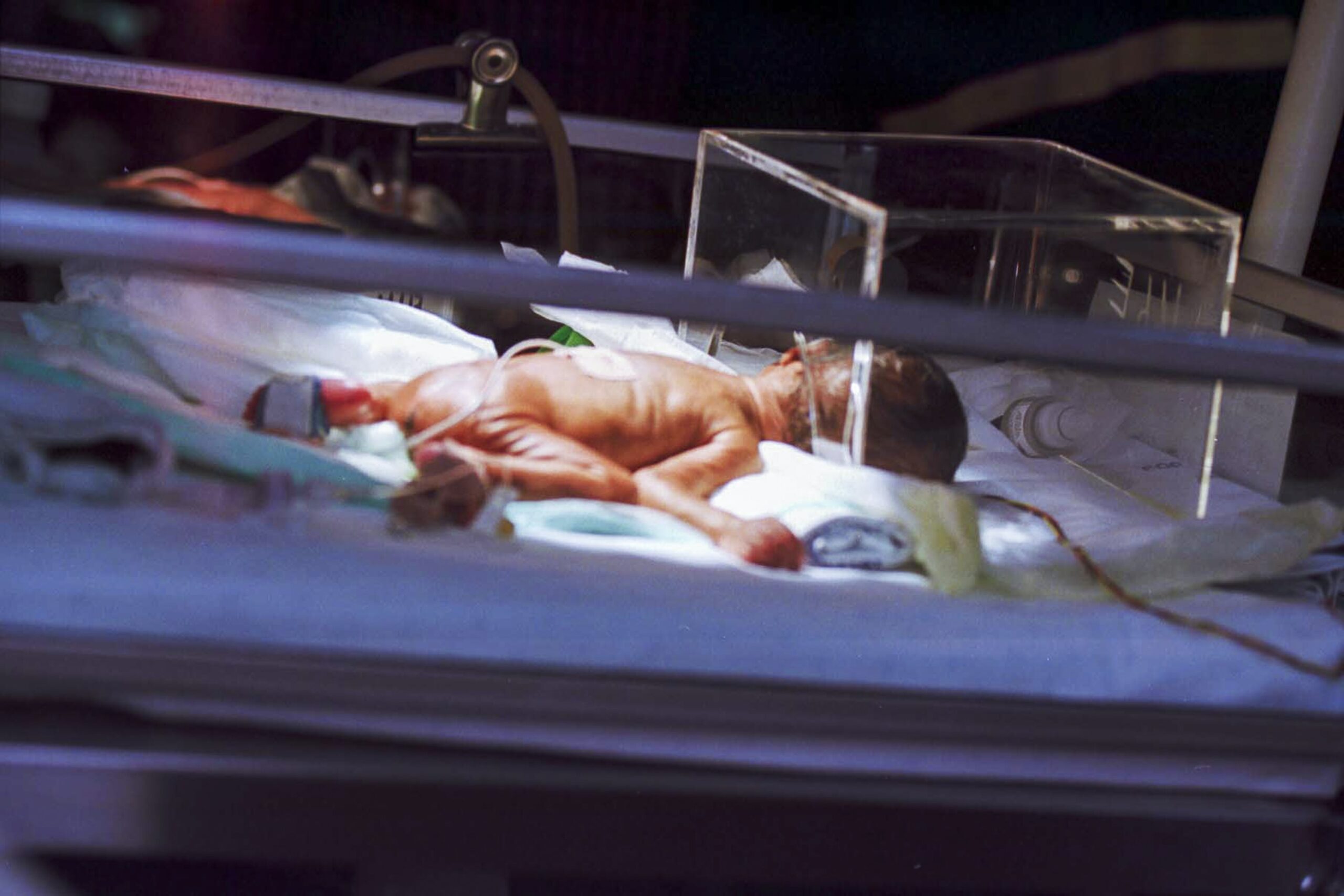You may have heard about the prostate before, but do you know where it's located in your body? Understanding the location of this small gland is important for both men and women alike. In this article, we will uncover the precise whereabouts of the prostate and shed light on its crucial role in men's health. So, let's take a journey through the human body and discover the hidden home of the prostate!
Understanding the Prostate Gland
Function of the prostate gland
The prostate gland is an important part of the male reproductive system and plays a crucial role in reproduction. Its primary function is to produce and secrete a milky fluid that constitutes a significant portion of semen. This fluid assists in the nourishment and transportation of sperm cells, enhancing their chance of successful fertilization.
Shape and size of the prostate gland
The prostate gland is a small, walnut-sized gland that is located just below the bladder and in front of the rectum. It consists of two main lobes that are encapsulated by a fibrous sheath. The size and shape of the prostate can vary among individuals, but on average, it measures approximately three to four centimeters in length and weighs around 20 grams.
Anatomical Location of the Prostate Gland
Position of the prostate gland in relation to the bladder
The prostate gland sits beneath the bladder, surrounding the urethra, which is the tube through which urine and semen pass. Its position just below the bladder allows it to contribute to the control of urine flow and the prevention of urinary incontinence. During ejaculation, the muscles of the prostate contract, closing off the opening between the bladder and urethra to prevent urine from mixing with semen.
Proximity to the rectum and urethra
The prostate gland is located in close proximity to the rectum, making it accessible for digital rectal examinations (DRE) performed to assess its health and check for abnormalities. This proximity also means that abnormalities in the prostate, such as tumors or infections, can sometimes affect bowel movements or cause rectal discomfort. Additionally, its position surrounding the urethra can lead to urinary symptoms when the prostate gland becomes enlarged or inflamed.

Structural Composition of the Prostate
Zones of the prostate
The prostate gland can be divided into several zones based on its histological composition. The peripheral zone, which makes up the majority of the prostate, is the region where the majority of prostate cancers occur. The central zone surrounds the ejaculatory ducts and plays a role in the secretion of semen. The transitional zone is responsible for the prostate's growth and is prone to enlargement, causing symptoms of benign prostatic hyperplasia (BPH).
Secretory units of the prostate
The secretory units of the prostate are known as acini, which are small, glandular structures responsible for producing and releasing prostatic secretions. These secretions contain enzymes, citric acid, and prostate-specific antigen (PSA). PSA is an important marker used in the diagnosis and monitoring of prostate conditions, as an elevation in PSA levels may indicate the presence of prostate cancer or other disorders.
Essential Surrounding Structures
Importance of the bilobular seminal vesicles
The seminal vesicles are closely associated with the prostate gland and play a crucial role in the production of semen. These small, sac-like structures secrete a significant portion of the fluid that constitutes semen, combining with the prostatic fluid to nourish and protect sperm. The close anatomical relationship between the prostate and seminal vesicles highlights the significant interplay between these structures in male reproductive function.
Role of the vas deferens
The vas deferens, also known as the ductus deferens, is a tubular structure that carries sperm from the testes to the ejaculatory ducts. It joins the seminal vesicles near the prostate gland, forming the ejaculatory ducts that subsequently enter the prostate. By connecting the testes and the prostate, the vas deferens allows for the transportation of mature sperm to the site where prostatic secretions are added, ensuring the production of semen.
Nervous Supply to the Prostate
Pelvic plexus and nerves that supply the prostate
The prostate gland receives its nervous supply from the pelvic plexus, a network of nerves located in the pelvic region. These nerves play a crucial role in regulating the prostate's contractility during ejaculation, as well as modulating its blood flow. They also provide sensory innervation to the prostate, allowing the detection and transmission of sensory information related to pain or discomfort.
Impact of nerve damage on prostate functioning
Damage or injury to the nerves supplying the prostate can significantly impact its functioning. Dysfunction of the nerves can lead to issues such as erectile dysfunction or problems with ejaculation. In some cases, nerve damage can result from surgical interventions, particularly prostate surgery, which underscores the need for careful consideration of the risks and benefits associated with such procedures.
The Prostate and the Male Reproductive System
How the prostate contributes to spermatogenesis
Although the prostate gland does not directly participate in spermatogenesis, it does play a vital role in enhancing sperm motility and fertility. The prostatic fluid secreted by the gland forms a substantial component of semen, providing nourishment and essential substances for sperm viability and function. Without the prostatic fluid, the chances of successful fertilization would be significantly reduced.
Interaction of the prostate with testes and epididymis
The testes, along with their adjacent epididymis, work in coordination with the prostate gland to facilitate the overall process of reproduction. The testes produce sperm cells, which then pass through the epididymis, where they mature and gain motility. Upon ejaculation, mature sperm travel through the vas deferens and mix with prostatic secretions, seminal vesicle fluid, and other components to form semen. This collaboration between the prostate gland, testes, and epididymis ensures the proper functioning of the male reproductive system.

Visualizing the Prostate
Methods used to image the prostate
Several imaging techniques are available to visualize the prostate gland and assess its health. Transrectal ultrasound (TRUS) is a common method that uses sound waves to create images of the prostate. Magnetic resonance imaging (MRI) and computed tomography (CT) scans may also be employed to provide more detailed information about the structure and potential abnormalities of the prostate.
Role of a digital rectal examination in assessing the prostate
A digital rectal examination (DRE) is a manual procedure performed by a healthcare provider to evaluate the health and characteristics of the prostate gland. During a DRE, the healthcare provider inserts a gloved finger into the rectum to palpate the prostate for size, texture, and any potential abnormalities. This examination, along with other diagnostic tests, such as PSA blood tests, can help in the early detection of prostate-related conditions, including cancer.
Understanding Prostate-related Conditions
Overview of prostate enlargement (BPH)
Prostate enlargement, medically known as benign prostatic hyperplasia (BPH), is a common condition that affects many aging men. The condition is characterized by the non-cancerous enlargement of the prostate gland, leading to urinary symptoms such as frequent urination, weak urine flow, and the inability to completely empty the bladder. BPH is primarily attributed to hormonal changes and aging, and its management may involve lifestyle modifications, medication, or, in severe cases, surgical intervention.
Examining prostate cancer
Prostate cancer is a significant concern among men worldwide. It occurs when abnormal cells within the prostate gland grow uncontrollably and form malignant tumors. Prostate cancer is the second most common cancer in men and can vary in aggressiveness and stage. Early detection through routine screening, including PSA blood tests and DRE, is crucial for effective management and treatment options, which may include surgery, radiation therapy, or targeted therapies.
Urological Perspective on the Prostate
Preserving the health of the prostate
Ensuring the health of the prostate requires proactive measures and regular monitoring. Leading a healthy lifestyle, including adopting a balanced diet, engaging in regular exercise, maintaining a healthy weight, and avoiding excessive alcohol consumption, can promote prostate health. Regular check-ups with a healthcare provider, particularly for individuals at increased risk, can aid in the early detection of prostate-related disorders and facilitate timely intervention.
Identifying symptoms of prostate disorders
Understanding the potential symptoms of prostate disorders is essential for timely diagnosis and treatment. While the symptoms may vary based on the specific condition, common signs of prostate disorders include urinary difficulties (such as frequent urination, nocturia, weak urine flow), pain or discomfort in the pelvic region, blood in the urine or semen, and erectile dysfunction. If any of these symptoms occur, seeking medical attention is crucial for proper evaluation and appropriate management.
Prostate Surgery and its Implications
Risks associated with prostate surgery
Prostate surgery, such as a radical prostatectomy, is often considered for the treatment of prostate cancer or severe cases of benign prostatic hyperplasia. While these surgeries can be effective in addressing the underlying condition, they are not without risks. Potential complications of prostate surgery include urinary incontinence, erectile dysfunction, infection, bleeding, and damage to surrounding structures. Patients considering prostate surgery should thoroughly discuss the potential risks and benefits with their healthcare team.
Recovery process after prostate surgery
The recovery process after prostate surgery can vary depending on the surgical technique used and the individual patient's condition. It often involves a hospital stay followed by a period of rest and gradual return to normal activities. Patients may experience temporary urinary incontinence or erectile dysfunction, which can improve over time with appropriate management and the guidance of a healthcare professional. Follow-up appointments and adherence to post-operative care instructions are essential for optimizing recovery and long-term outcomes.
In conclusion, understanding the prostate gland and its various aspects is crucial for overall male health and reproductive function. From its location and structural composition to its role in reproduction and association with surrounding structures, a comprehensive knowledge of the prostate helps in identifying potential disorders, promoting early detection, and ensuring appropriate management. Regular check-ups, adherence to a healthy lifestyle, and proactive engagement in maintaining prostate health can contribute to a fulfilling and well-balanced life.

